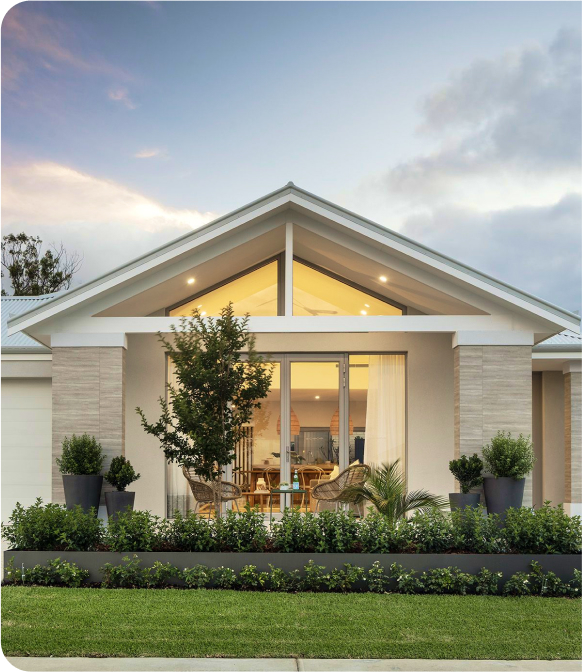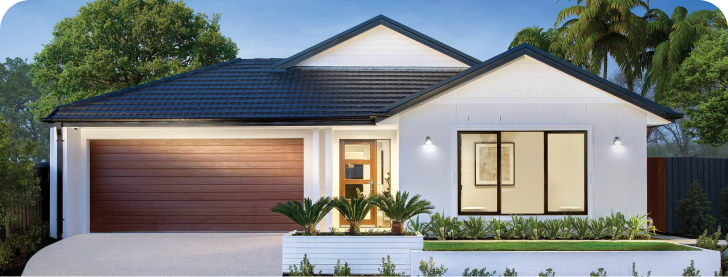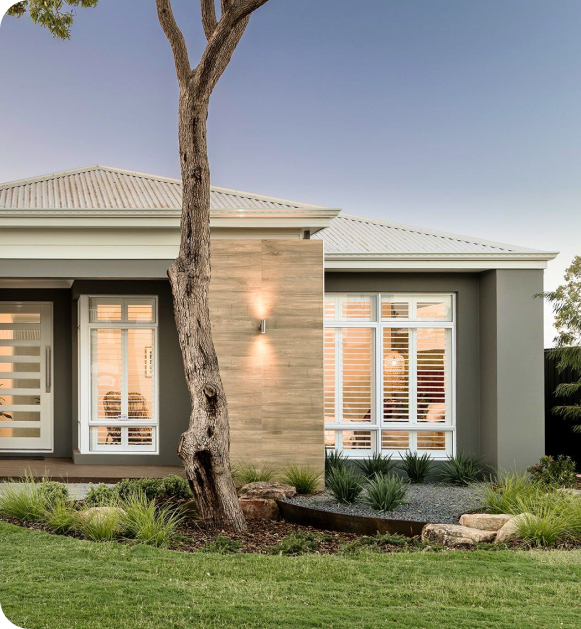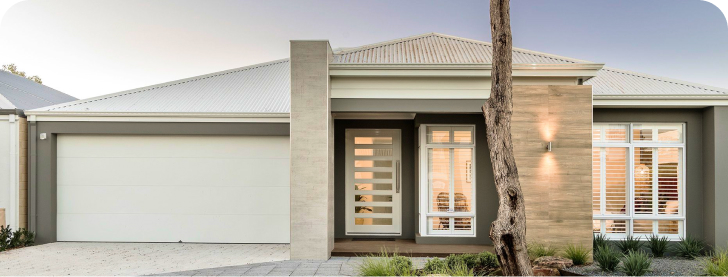
Providing care for seriously ill people, for example, cancer patients is a very difficult task. Many people prefer to transport their family members to special institutions that specialize in palliative medicine. However, specialist palliative care in a nursing home will not replace the atmosphere that you can create in your living space and which will fill a person with energy and delay death.
The primary dwelling unit is not the best option for this purpose, unlike ADU, which you can equip by all the needs and desires of the patient. Moreover, the decision to build an accessory dwelling unit has a number of other positive outcomes, e.g., the opportunity to increase the value of the real estate and receive rental income in the future.
In this review, we will tell you how ADU for end-of-life care is better than a traditional hospital, what stages advance care planning consists of, and also share useful insights on how to create a high-quality living area that will be comfortable for the patient and practical for the caregiver.
There is clear evidence that ADU is many times superior to a traditional hospital in terms of providing comfortable conditions and appropriate treatments for terminally ill adults. Here are some examples of the benefits of ADU advanced care planning. Firstly, ADU keeps all the principles of personal space because it has a separate entrance. Secondly, when a patient is surrounded by close people, he will feel emotionally better because the number of home visits is unlimited. Thirdly, shared decision-making by close people guarantees that a patient will get all amenities.
Finally, home support reduces the cost of maintaining a patient in a specialized institution, which means you can spend these funds to improve living facilities in ADU.
The living spaces intended for social care have a number of cardinal differences in the aspect of the organization design due to the specifics of the needs of patients. Accordingly, if you have decided to equip an ADU for your family member for end-of-life-care purposes, then you should know a few basic points.
We identify five fundamental factors:
If you have visited hospitals, you have probably seen that all patient wards are equipped with large windows so that fresh air constantly circulates in the room. It helps to reduce the risks of viral and colds, and also adds clarity of mind and simply refreshes.
One of the conditions of appropriate care is the selection of the safest light because bright, cold, and flickering lamps have a very negative effect on health and cause migraines. In contrast, a warm light that does not shine into the eyes is the most advantageous option, as is natural light, which in addition carries vitamin B.
We cannot imagine a healthcare setting without space for movement; for example, nursing homes have corridors so that doctors can turn the bed with the patient 360 degrees. Accordingly, it is best to follow these rules in your ADU, as this will greatly simplify the performance of social care tasks.
Emotional support can delay the moment of death and bring a lot of positive emotions to palliative care patients. To achieve this effect, we recommend adding more decorative elements to the room, not using dark colors, installing speakers with good music, or decorating the space with favorite posters or paintings of the patient. All this will help to overcome distressing symptoms and fill a person with positive energy.
To achieve mobility, it is not necessary to expand the space because it is enough to optimize storage spaces. In particular, you can take advantage of floating shelves, hidden surfaces, space behind the door, and, in principle, all vertical areas that people often underestimate.
Overall, the list does not end there because you can learn about a specific person's wishes and continue to improve ADU. In any case, a properly organized ADU will greatly simplify the daily living of both patients and older adults or young people who provide care.
In most cases, the so-called granny flats or mother-in-law-suite ADUs are the most preferred options for providing palliative care, and completely different legislative norms apply for such projects in comparison with the construction of a main unit. In particular, before the builders laid the first brick of the building, you need to study the zoning rules, the maximum allowable area and height, the distance between units in the yard, and the wording regarding the parking area. An ordinary person does not have enough knowledge of legal formulations, so it is best to cooperate with a lawyer. To get access to the construction, you need to send the final draft of the ADU to the local authorities for approval.
Regarding financial decisions, the range of choices is also wide because ADU is an affordable housing option. The variant of spending personal funds is not a priority because families who carry out palliative care already face many challenges. In this regard, you can consider such options as a personal loan, home equity loan, home equity line of credit (HELOC), cash-out refinance, or you can borrow money from friends or relatives.
Advanced care plans are continuously connected with technological progress, which makes it possible to maintain human health and life at a good level; this also applies to people dying from incurable diseases.
If you incorporate the following technological features into your ADU, you will make it even more upscale:
In sum, even a superficial assessment will show that no palliative or clinical care in the hospital will provide the patient with such a high-quality level of comfort. So, there are all reasons to make these multiple services part of your living area.
Not every ordinary living area is designed for home care, so if a homeowner needs to maintain the health of patients, then it is necessary to resort to basic care settings. These steps may include assessing the accessibility of the area, freeing the room from unnecessary things, installing a specialized bed, creating conditions for the penetration of natural light and good air circulation, as well as installing handrails. Of course, this is the minimum that you can implement asap, and future care will require more modifications.
It's no secret that prolonged treatment and subsequent palliative care for a person who suffers from serious illness are large expenses that can become an insurmountable burden for the whole family.
However, different research have recently appeared on the topic that ADU is a more profitable option for providing palliative and primary care:
On the whole, the treatment process of seriously ill patients is always associated with large transport, medicinal, and closing costs. However, the construction of an ADU from all sides is a profitable option that will help you not only save money but also implement a more effective end-of-life care service provision.
The role of family caregivers in providing support for dying people is hard to overestimate. They provide out-of-hours services and spend a lot of energy and emotions to ensure a good standard of life for palliative patients. Fortunately, technological and modern ADUs greatly simplify the implementation of social care and management of all tasks, especially the Smart Home system; e.g., if informal caregivers do not have sufficient knowledge to do something, then the voice assistant will share with you all the necessary information.
Effective end-of-life support is impossible to imagine without well-established communication, and, in principle, the possibility of direct communication is one of the reasons why homeowners refuse care homes.
Regarding this component of creating an ADU, it is important to consider several vital points:

We can say without any exaggeration that no hospice, hospital, or national institute of social care service delivery will replace ADU, and maybe for this reason, patients call it the most preferred place. ADU can be designed for a concrete patient, which means it will meet all his needs and desires, thereby giving life energy.
Summing up all the outcomes of our review, we can say that ADU is an ideal place for patients. It is as technological and practical as possible. However, the most important thing is that you and close relatives will surround the patient, thereby prolonging his life and giving him positive emotions. You can also use the article share feature because community-based help is invaluable in the improvement of the life of palliative patients.
To provide comfort for people living in ADU, we recommend installing large windows, getting rid of bright cold light, creating mobile and spacious rooms, installing a Smart Home system, as well as conducting further research to identify specific needs to increase patient satisfaction.
Smart Home greatly simplifies the implementation of most care services. Patients can use the voice assistant to fulfill basic needs; the smart home adjusts the ideal temperature regime, as well as ensures safety, and monitors health indicators.
Each project is unique, and its cost is influenced by many factors, e.g., the number of square feet. However, without any research, we can say that a detached ADU or ADU conversion will cost more than a tiny house that is attached to the house. In addition, we recommend choosing optimal timing for construction because the construction of ADU in the summer will cost much cheaper.











